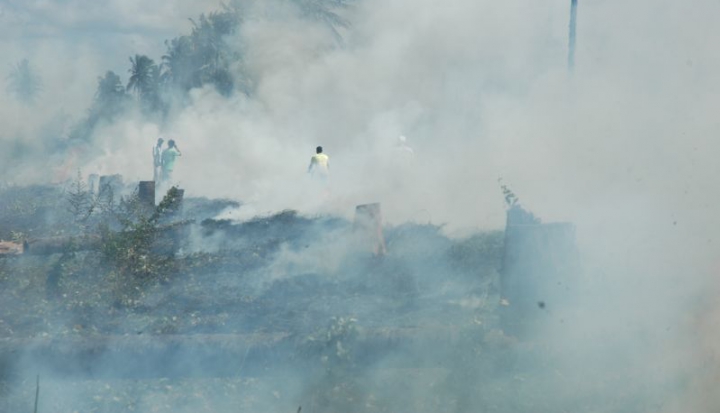Scientists, political leaders, and bureaucrats from around the world are currently in Paris to try again to create a workable plan aimed at reducing greenhouse gases. While previous meetings have produced bountiful rhetoric, they have not always resulted in workable commitments, a fact Pope Francis noted in his historic address to the United Nations in New York in September.
Achieving realizable goals from both the world’s major powers and its smaller economic engines has consistently proved difficult. More powerful states are loath to make expensive technological investments or to accept sacrifices in consumption that will have a meaningful impact on greenhouse gas emissions. Small states ask why they should be mindful of their output when their economies may just be reaching takeoff velocity and their meager standards of living make such small contributions to the problem.
But as a global phenomenon, climate change is indifferent to borders or competing measures of culpability. As the world’s ancient ice melts, the sea water rises everywhere, leading to flooding vulnerability among rich and poor states alike. Poor states, in fact, crowded around the world’s hottest latitudes or set precariously close to sea level, face greater hardship because of climate change. So every state has reason to be concerned, and every state has a call to contribute what it can to solving the problem.
Laudably, in November 2014 the United States and China, representing an advanced and rapidly advancing economy, set joint examples for their peer states by agreeing to substantial obligations toward greenhouse gas reductions. President Obama announced a new target to cut U.S. net emissions 26 to 28 percent below 2005 levels by 2025. At the same time, President Xi Jinping of China announced targets for his nation’s peak CO2 emissions around 2030 and promised to increase the non-fossil fuel share of all energy to around 20 percent by 2030.
The joint commitments allow each nation to work independently on differing but reasonable goals—the United States reducing its net output and China, for all its new wealth still a developing state, agreeing for the first time to accept a cap on emissions.
So, each according to its capabilities and each according to its means? What can other states do? When we think of greenhouse gases, we typically imagine fossil fuel-burning cars, trucks, factories, or power plants. These are indeed major contributors, but they are not the only components of the problem. In recent months Indonesia, a developing state, became a daily contributor to the world’s greenhouse gases on par with the industrial output of the United States. It wasn’t Indonesia’s factories producing the stratospheric crisis, but its forests and peat fields.
Slash-and-burn agriculture is one of humanity’s oldest techniques for clearing land. In parts of Asia it remains the go-to method to clear forest or brush for planting food or export crops. In Indonesia in 2015 the fire season grew into a national, then regional, and finally global calamity. By October more than 4.2 million acres of forest and open land had been engulfed by flame, creating a yellow haze that choked the entire region. More than 425,700 people were stricken with respiratory distress, and an unknown number of people died. The impact on the Indonesian ecosystem was incalculable. The conflagrations, many set to clear land for palm oil producers, took a toll on the nation’s endangered orangutan population.
So Indonesia’s delegates need not confer with bigger states on strategies for reducing factory emissions, but they, along with representatives from other nations that rely on “slash and burn,” can surely still do their part. After all, increasing carbon-draining forest cover is as welcome a contribution to ending the problem as developing new solar power sources. Then everyone will surely be able to breathe a little easier.
Image: Flickr cc via Mansir Petrie












Add comment